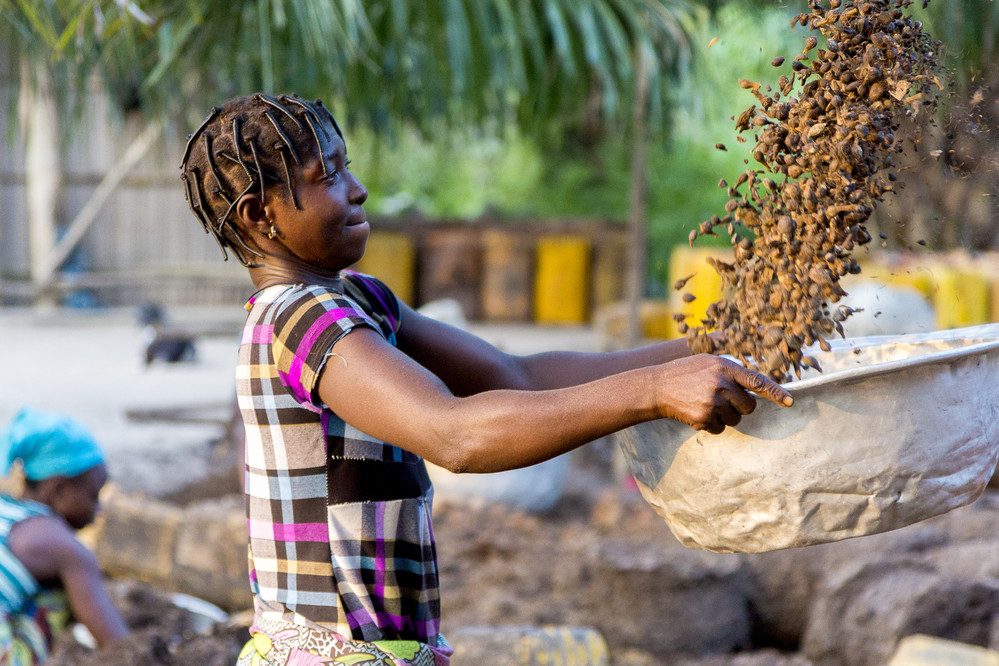- Frontier markets are widely misunderstood, which can cloud market participants’ judgement about whether to invest in these economies.
- However, they share many of the same attractive characteristics as emerging markets and are often less risky than investors think.
- Plus, private sector solutions can actually lift frontier markets out of poverty, while also addressing issues such as climate change
The term “frontier markets” was first coined in the early 1990s by the International Finance Corporation (IFC), to refer to a subset of emerging economies that were opening up to foreign investors but that exhibited lower liquidity, smaller market capitalization, and higher levels of risk and volatility. Today, frontier markets are typically classified according to poverty levels and maturity.
Frontier markets are often associated with high risk, structural challenges and systemic failures, which makes investors and businesses reluctant to invest. But these economies can offer investors concrete opportunities to create deep, lasting impact while tapping into strong growth potential and an emerging consumer class.
Here are five things to know about investing in frontier markets.
1. Frontier markets share many of the same attractive characteristics as emerging economies
Frontier markets are often home to the so-called “bottom of the pyramid” – the poorest two-thirds of the global population. These markets tend to have limited infrastructure, underdeveloped financial systems, lower levels of industrialization and limited access to public goods and services. Customers in these countries are often exploited and overcharged due to a lack of standards and quality control.
While these factors may be perceived as obstacles by investors, they also create fertile ground for innovation, social impact, exponential growth and strong returns. Frontier markets’ potential for catch-up growth is considerable, particularly if they can leap-frog development by adopting new technologies. This offers early market participants the opportunity to capitalize on emerging trends, industries and sectors.
Any perception that people living at the bottom of the pyramid cannot participate in the global market economy, reinforces the extreme inequality of wealth distribution and aid dependency. These markets are typically home to young, growing populations that represent a growing workforce, a multitrillion-dollar market opportunity with untapped needs and aspirations, and, ultimately, robust economic growth. The poorest segment of the global population can and should be able to participate in markets on fair terms, with better-quality service and products.
2. Pioneers have already paved the way
Fund managers such as Investisseurs & Partenaires (I&P), have already proven that it’s possible to successfully navigate the complexities of frontier markets by developing funds that offer tailored financial instruments, technical assistance and a focus on capacity building for small and medium-sized enterprises. This includes adapting investment structures to provide more patient capital and longer investment horizons to account for the slower growth and potential setbacks sometimes experienced in frontier markets.
Innovative financing models such as impact bonds, impact-linked finance and climate finance already attract capital, while generating social, environmental and financial returns in frontier markets. These models are creating opportunities to directly align financial incentives with impact, further highlighting the potential of the private sector to drive meaningful change in these challenging settings.
Blended finance also plays a pivotal role in de-risking investments in frontier markets by merging public or philanthropic funds with private investment. Financial tools such as grants, concessional loans and first-loss capital can reduce risk perceptions and attract private capital. This approach has facilitated 392 blended finance transactions worth over $50 billion in these markets, according to information shared with us by Convergence Blended Finance, a global network for generating investment opportunities in developing countries.
Finally, the rise of unconventional partnerships such as the IFC UNHCR joint initiative are enabling private sector investment to go into areas where it has not historically gone.
3. Risks in frontier markets may be overstated
Despite being some of the fastest growing markets with enormous pent-up aggregate demand, foreign direct investment in frontier economies remains suppressed largely because of risks – real and perceived. Some investors seek higher returns to compensate for such concerns. The additional return demanded to compensate the higher risk associated with investing in a specific country is called the country risk premium (CRP).
But a study by Interpeace, an international organization that aims to prevent violence and build sustainable peace in countries across the world, suggests that common ways to measure the CRP of lower income countries may not be accurate. Lower transaction volumes due to these misstated concerns about risk can prevent third-party credit rating agencies from getting enough data to accurately price risk. When investors have no risk premium to guide their decisions, they can shut out certain markets altogether.
4. Humanitarian impact is not just reserved for the public sector
Markets are often thought to exacerbate inequalities. However, when structured appropriately, market-based mechanisms can become powerful tools for addressing fragility and social inequities.
The private sector has important advantages that humanitarian organisations or donors cannot replicate. For instance, if a solution is commercially viable, the private sector is likely to be able to sustain it without a constant influx of aid money. A proven model is also often naturally replicated by new market entrants, creating a bigger impact without the need for further public support. These impact outcomes are also achieved more cost-effectively because the private sector has the incentives and skills in place to maximise efficiency.
Further, market-driven models can turn communities into suppliers and rational customers, empowering them to be make their own choices instead of relying on charity. This could actually lift people out of poverty, rather than providing immediate but often temporary relief from the symptoms of poverty. Market solutions are also usually better at withstanding the kinds of shocks caused by crisis situations that can inhibit aid flows.
The needs and challenges of the most vulnerable populations and the global climate agenda share an intricate relationship when it comes to economics, social equity, peace and environmental sustainability.
These communities, often in frontier markets, are disproportionately affected by climate change despite their often minimal long-term contribution to global warming relative to developed countries. A reliance on agriculture and natural resources can leave these communities vulnerable to extreme weather events, for example, which devastate local economies, increase poverty, pose serious health risks, fuel resource conflicts and exacerbate social tensions. The World Bank estimates climate shocks could displace up to 86 million people in Africa alone by 2050, for example.
Frontier markets typically lack the financial and technical resources to implement effective adaptation strategies and infrastructure to mitigate the impacts of climate change. Market-driven approaches and emissions trading systems can offer viable solutions for closing the climate financing gap. They can provide innovative adaptation measures and diversify employment opportunities for marginalized populations.
This article was initially published by World Economic Forum.

